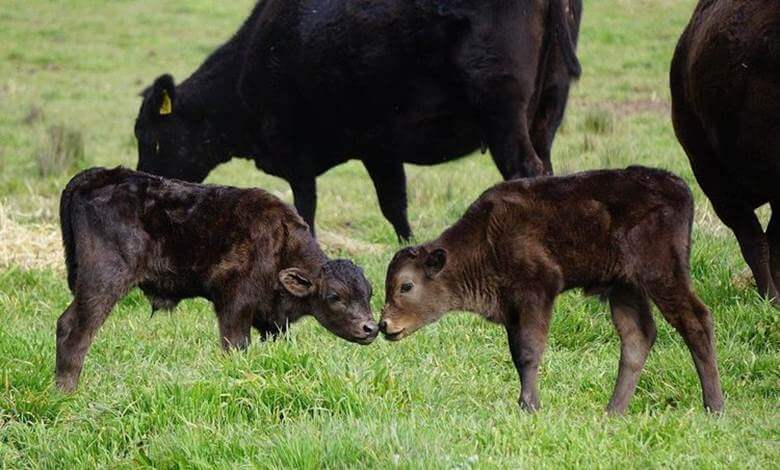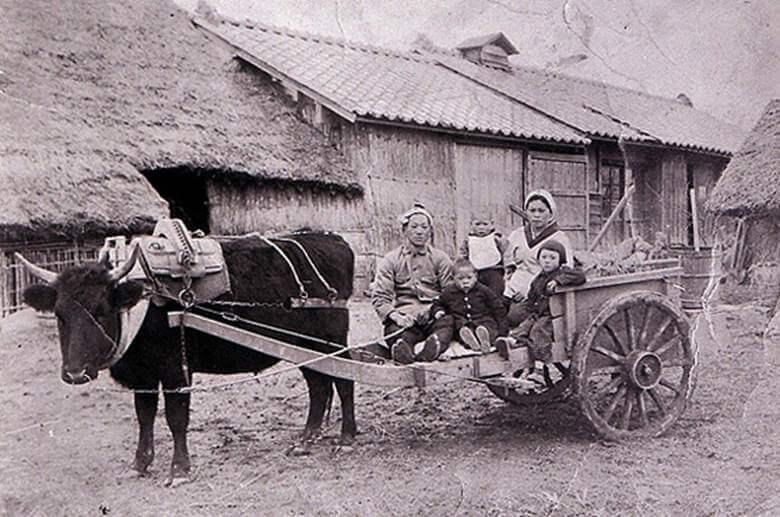Deep Dive: History of Wagyu
So, you know a thing or two about Wagyu. You’ve enjoyed that rich umami flavor Wagyu beef is so famous for. You’ve scoured the internet, exploring all of the varieties of Wagyu beef that you could find. But how did it all begin? How did Wagyu become the cultural phenomena it is today? Today’s topic is going to dive deep into the history of Wagyu and give you a comprehensive understanding how Wagyu got to where it is today.
Our story begins in Imperial era Japan. For hundreds of years, eating meat had been considered a taboo practice due to strong Buddhist influence in the country. Cattle were bred and selected purely for their physical traits. However, these taboos slowly begun to fade away under the Meji government of the 1860s and 1870s. Japanese society became focused on adopting western practices and technology as quickly as possible.
Over the next fifty years, countless breeds of foreign cattle would be imported into Japan with the goal of creating a new culture of beef consumption. The interbreeding of these many cattle breeds (including the indigenous cattle of Japan) ultimately created what we know as “Wagyu” today.
These amazing animals were methodically reared by cohorts of Japanese ranchers in almost every region of the country. The finest Wagyu cattle raised in the Hyogo prefecture would go on to be known as the now famous “Kobe beef”. The Miyazaki and Kagoshima prefectures would also become meccas for the Wagyu breed. Seeing the success of the breed across the country, the Japanese government would go on to not only ban the import of foreign breeds into Japan but also ban the export of Wagyu as well.
Let’s fast forward to 1976. After nearly one hundred years of isolation in Japan, the Wagyu breed would finally make its mark in the United States with the now historic export of four Wagyu bulls to the University of Colorado. This brief period when these animals could be freely exported to the US lasted until 1997. In that time, roughly 200 Wagyu animals would be imported by American ranchers, creating the original seed stock of Wagyu found in the US today.
That original seedstock has now ballooned up to 26,000 animals according to the American Wagyu Association. While still making up a tiny proportion (about 0.029%) of the total US cattle population, Wagyu continues to grow more mainstream every year.

As consumers become increasingly interested in learning where their meat comes from, we believe the golden era of Wagyu in the United States is on the horizon. At Wagyu Republic, we only source beef from small-scale ranchers that not only have a great reputation in the well-connected world of Wagyu ranching but have also shown a passion for rearing Wagyu just like the ranchers in Japan have for so many decades.
Interested in learning more about the amazing world of Wagyu? Subscribe to the Wagyu Republic email list for interesting updates and explore the “Learn” section of the site!

